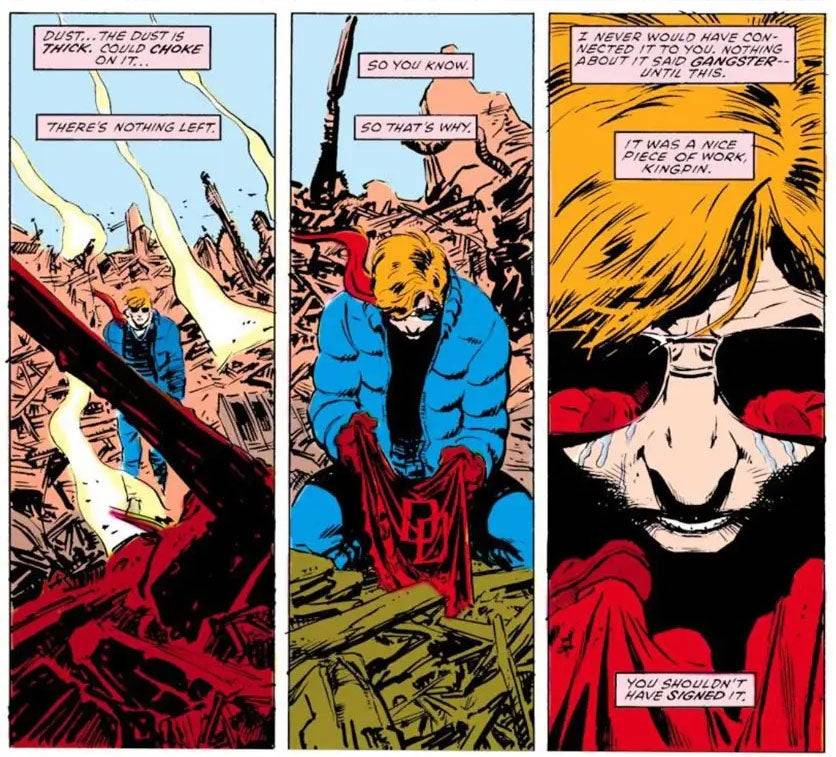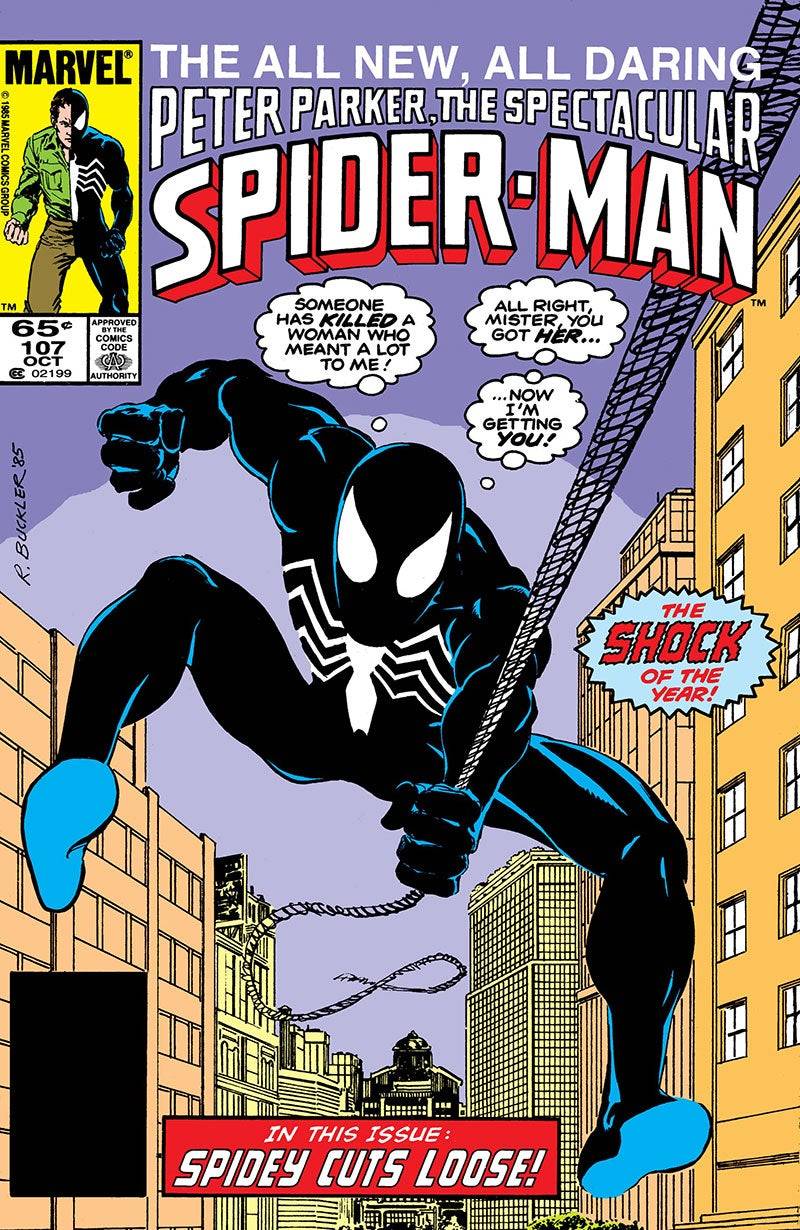The mid-1980s marked a golden age for Marvel, financially recovering from the lean years and creatively flourishing. This period, fueled by iconic runs, saw the release of 1984's Secret Wars, a pivotal moment that reshaped the Marvel Universe and the comic book industry itself. The impact reverberated through countless storylines, sending beloved heroes and villains on new, exciting paths.
This era boasted other seminal works, including Frank Miller's Born Again Daredevil arc and Walt Simonson's Surtur Saga in Thor. This article delves into these narratives and other significant stories from this era, continuing our exploration of essential Marvel issues (Part 8).
More Essential Marvel
- 1961-1963 - The Birth of a Universe
- 1964-1965 - The Sentinels Are Born and Cap Dethaws
- 1966-1969 - How Galactus Changed Marvel Forever
- 1970-1973 - The Night Gwen Stacy Died
- 1974-1976 - The Punisher Begins His War on Crime
- 1977-1979 - Star Wars Saves Marvel From Bankruptcy
- 1980-1982 - Did the Dark Phoenix Saga Usher in the Greatest Decade for Marvel?
Frank Miller's Born Again and Walt Simonson's Surtur Saga
Among the era's most acclaimed storylines are Born Again, Frank Miller's triumphant return to Daredevil (with David Mazzuchelli's art), and Walt Simonson's Surtur Saga in Thor. Born Again (Daredevil #227-233) is a contender for the definitive Daredevil tale. Karen Page's tragic heroin addiction leads her to betray Matt Murdock's secret identity to the Kingpin, triggering a devastating downfall for the Man Without Fear. His subsequent redemption, intertwined with the Kingpin's descent into obsessive villainy, creates a masterpiece. Loosely adapted in Netflix's Daredevil Season 3, and inspiring the upcoming Disney+ series, Daredevil: Born Again, its impact remains undeniable.

Walt Simonson, beginning his acclaimed run on Thor in 1983 (#337), introduced Beta Ray Bill, an alien worthy of wielding Mjolnir. Simonson's masterful Surtur Saga (#340-353) is a year-long epic of mythic proportions. Surtur, the fire demon, seeks Ragnarok, sending Malekith to battle Thor while forging the Twilight Sword. The climactic battle between Thor, Loki, Odin, and Surtur is legendary. Elements of this saga found their way into Thor: The Dark World and Thor: Ragnarok.
Secret Wars Changes Comics Forever
As discussed in Part 4 of this series, the 1973 Avengers/Defenders War foreshadowed the event crossover trend. Secret Wars (1984), a 12-part miniseries written by Jim Shooter (with art by Mike Zeck and Bob Layton), solidified this trend. Born from a marketing collaboration with Mattel, the story involves the Beyonder teleporting heroes and villains to Battleworld for a contest of good versus evil. While featuring epic battles and plot setups for ongoing series, it also presents some inconsistencies in character portrayal. Despite its flaws, the original Secret Wars' success spawned a sequel, Secret Wars II, and influenced DC's Crisis on Infinite Earths, establishing the event comic model for decades to come.

Spider-Man’s Symbiote Suit and Other Iconic Spidey Stories
Following Stan Lee and Gerry Conway's foundational runs, Roger Stern revitalized Amazing Spider-Man, starting with #224. His most significant contribution was introducing the Hobgoblin in #238, a formidable new foe. Stern's original Hobgoblin saga, unfortunately cut short due to editorial interference, was later completed in the 1997 miniseries Spider-Man: Hobgoblin Lives. Amazing Spider-Man #252 marked the debut of Spider-Man's black symbiote costume, a story later expanded upon to reveal its Battleworld origin in Secret Wars #8. This iconic suit and the symbiote saga have been adapted across various media. Another significant Spidey story from this period is The Death of Jean DeWolff in Spectacular Spider-Man #107-110, a dark and impactful tale.

Jean Grey Returns, the Rise of Apocalypse, and Other Mutant Landmarks
The mid-80s also brought significant events for the X-Men. Vision and the Scarlet Witch #4 revealed Magneto as Quicksilver and Scarlet Witch's father. X-Men #171 featured Rogue's heroic turn, while #200 saw Magneto's trial and subsequent leadership of Xavier's School. The resurrection of Jean Grey in Avengers #263 and Fantastic Four #286, and the introduction of Apocalypse in X-Factor #5-6, were monumental moments. Apocalypse, a powerful ancient mutant, became a major X-Men villain, appearing in various adaptations.










